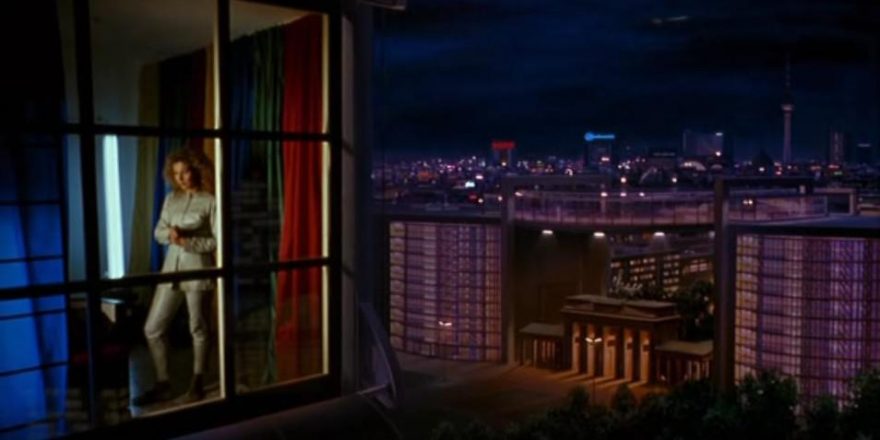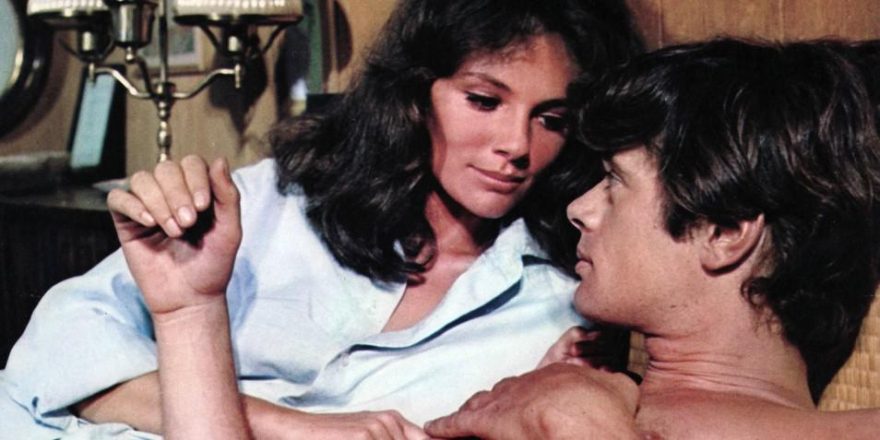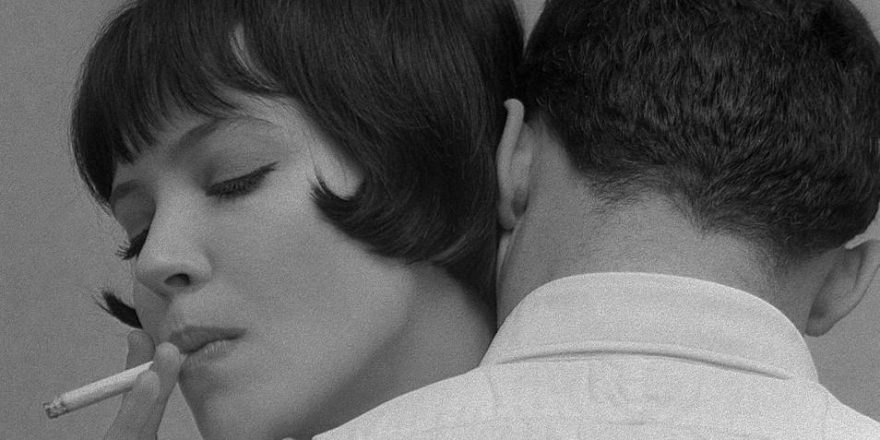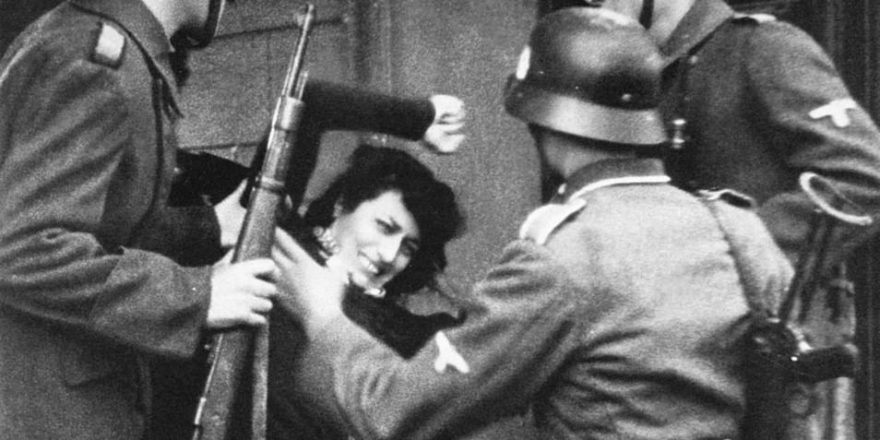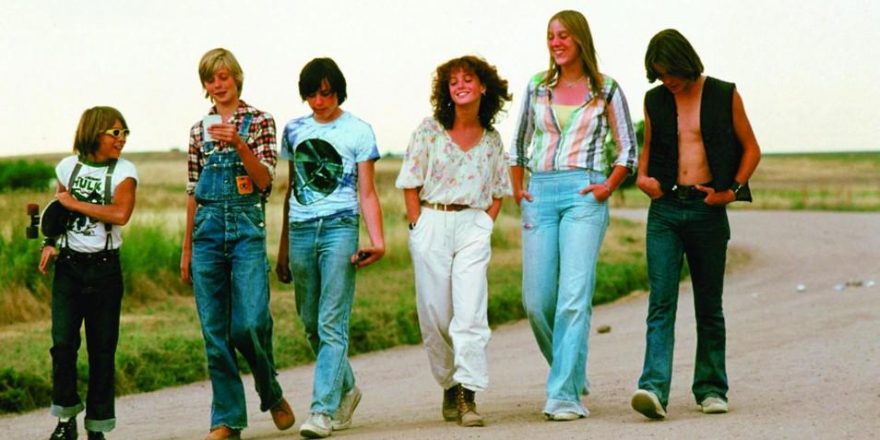As I try to write this in the middle of the night, in August of 2015, I am intermittently glancing at live video feeds being piped in from cellphones in Ferguson, MO. The twenty-first century I expected to arrive into is technologically wondrous to the point of banality. It’s also far darker and repressive, socially, than I had hoped for, growing up on a late twentieth century combination of pop culture, sci-fi and futurism. Science fiction has an inbuilt tendency toward a kind of progressivism. Even post-apocalyptic stories suppose humanity will still be around in an age when the possibilities for annihilation are reported daily.
The day before, I was out at NYC’s Ellis Island, wearing a hard hat and exploring ruins of a utopian hospital for immigrants that was abandoned almost a century ago. You can see the waterline from Hurricane Sandy imprinted into the old brickwork. The park warden tells me that the Statue of Liberty is doomed by global warming. I upload photographs of this to the Internet. Someone in Los Angeles and someone in South Africa tap a screen — they like it, I suppose. It’s the middle of the night and I’m a little anxious, because the future isn’t making sense.
-/-/-/-/-
In 1991, very young, I saw a movie that gave me a partial map for this territory. Wim Wenders’ Until the End of the World, billed by the director as the “Ultimate Road Movie,” an unlikely hybrid sci-fi/romance/family saga/caper movie shot for real around the world in 15 cities, seven countries and four continents — and then for added kicks, set in 1999. A battery of artists, fashion designers, musicians and consumer industrial designers were asked to imagine for Wenders, “a vision [of] where our visual culture was going to take us.” It even features, I believe, the first sequences shot on digital video and HD, and the first cinematic depiction of an Internet search engine (and I wish we’d gotten the Bear instead of Google). The soundtrack is still deeply admired, but for once I want to talk about just the movie.
It’s the kind of filmmaking endeavor one only tries when one has made two back-to-back masterpieces such as Paris, Texas and Wings of Desire and one has just enough leverage to even try realizing a film that’s unprecedented, batshit crazy and in love of its pursuit of the epic as much as the possibilities of cinema.
But, for me, that grand vision wasn’t fulfilled in the movie I saw. Something was missing, clumsy, off-key. My love for the movie was qualified, something I kept private. I was certain there was more there, but the Internet that existed then couldn’t fulfill my curiosity about a narrative larger than the film itself, about how it came into being and what happened along the way. This other movie became a dream, something to pursue, a key to a door I couldn’t open. And sometimes I wonder if this isn’t responsible for the profound, unceasing love I had for something so imperfect.
As an example of how information about films used to move: it wasn’t until the next millennium that I discovered there was a director’s cut of Until the End of the World. At some point, I was given an Italian DVD of the director’s cut, this version of the film I’d always dreamed about, but could not bring myself to watch it. It didn’t seem fair to the movie’s spirit to do it that way. I had to hold out, wait for the day to see it projected in a movie theater, turn it into some sort of pilgrimage. For more than half of my life, I lived with this movie only in my head, with no copy, no way of watching it. Only as I write this do I realize how strongly it affected me. It was something more than a movie: a séance, vision, prophecy, a call of longing that, I can admit, changed my life. And somehow decades went by with that faint hope, but no opportunity to see it in a theater.
Twenty-four years later I have finally seen the director’s cut of Until the End of the World. I’m now certain it’s a kind of a masterpiece. It has redrawn this map I have of life running parallel with movies. I can see how we got from film prints to live-streaming cellphones. At five hours in length, it is overwhelmingly audacious to the point of leaving you with an exasperated, exhausted grin. Nothing else has ever been made like it, and cinema is now old enough that nothing will ever be made like it again. The whole world is inside it, a broken ladder leading to who we are today.
-/-/-/-/-
Wenders introduced the screening — as part of a career retrospective at MOMA — thusly: “It’s a funny thing to make a science-fiction film that becomes a period piece.” But that’s the central paradox of all filmmaking: relation to time, the medium’s propensity for an almost supernatural timelessness. An image once filmed is forever frozen in that fraction of a second, but can be observed over and over as one gets older and the circumstances of life and memory move onward. A movie never changes, but you have changed every time you watch it again.
-/-/-/-/-
A movie never changes, but you have changed every time you watch it again.Claire Torneur wakes from a nightmare at a party in Venice, utterly aimless and adrift, and a peerlessly shot car crash sets the story in motion. The movie’s first half is a dizzying worldwide travelogue that’s a little bit of every genre, in which a dated but remarkably believable posited global future is an enormous playground for lovers, detectives, spies and criminals on the run. At about the halfway mark, when you’re giddy and breathless, the story shifts from a global chase to a secret about a family and a radically disruptive technological device that allows scientists to push into what the writer William Gibson observes: “Someday, our dreams will become social media.”
One of the most astonishing risks the film takes is then transforming into an interiorized, intimate character study set against the eternal width of the Australian Outback. Aboriginals turn up as neuroscientists, women lament the ruthless pursuit of technology to get inside each other’s heads, and a familiar millennial dread we cannot shake about the end of the world, characterized by a possible global catastrophe that none of us can do anything about, plays out in the most humane and recognizable way. In the end, it all comes down to story and how we make sense of life through narrative.
Wenders had been trying to make this for years beforehand, and one can see hints of it in his filmography. The vastly underrated Ozu documentary Tokyo-Ga might’ve also been a research trip, and Chris Marker elusively hides in that film, having just finished working on Sans Soleil. Wenders evolves Marker’s digitized images into something more narcotic and oneiric for Until the End of the World with the first HD sequences ever committed to a movie, uncannily prescient about how all of our images are now seen through a layer of digitization, and this wouldn’t be out of place in any art gallery aiming for New Aesthetic or glitch art a quarter of a century later. It’s one of the few sci-fi movies whose design has enough layers of the past, of memory, to remain timeless.
Having lost his fight with the studio to release his edit, and knowing film history all too well, Wenders delivered a dupe to the studio and paid out of his own pocket at great expense to keep the negative cut how he wanted — a sly bit of foresight. For those who have seen the shorter version of the film, I’ll leave you to discover it yourself, but know the director’s cut is not a radical reworking of that edit. It’s a song finally played with the backing band all on the right beats. Film criticism far too often ignores editing, and this is an expansive demonstration of how the right pace can make a longer movie feel more fluid, how there is no right length for any movie, only the right time. It’s a film where Wenders’ pursuit of narrative finally marries his stronger desire to travel and observe humanity with the most open heart a film crew can carry.
-/-/-/-/-
The story is credited to Wenders and Solveig Dommartin, who unforgettably played the trapeze artist in Wings of Desire, whose own longing was writ large over that movie, and seemed to ask the audience to walk out of the theater more mortal, vulnerable and corporeal than before.
Not to diminish Wenders’ achievement, but it’s hard for me not to think of Solveig as a partial author of Until the End of the World. I’m often astonished by how progressive elements of movies can be in what we regard, especially in our current modes of discourse, as a regressive past. Solveig’s character, Claire, drives the entire story with her wanderlust and willfulness. She’s in nearly every scene; she chooses her lovers, she fucks up, she decides to participate in criminal enterprise, and with almost cavalier regard for anything other than her own longing and curiosity, she travels to the ends of the Earth. Every character is merely following her; the movie might even be chasing her. Claire is the movie. Ultimately (and, by the end, literally), her inner psychic landscape becomes the film’s entire core — where it finds something we can make sense of for the future. She’s one of the most liberated characters I can think of in any movie, no less a woman in a science fiction film. At one point she traverses China alone via digital video. Wenders couldn’t get the permits to film, so he and Solveig smuggled in one of the earliest DV cameras, and the resulting footage hints she might not have been playing much of a character at all.
While I was waiting to someday see this director’s cut, Solveig Dommartin died in 2007, 46 years old.
-/-/-/-/-
It’s a funny thing to admit that a film can change your life, maybe because more of them ought to and that’s what we’re truly fearful of admitting. A few days ago, on a different sleepless night, here in the future, I watched Alejandro Jodorowsky on a digital video direct from a hotel room in Santiago, Chile pleading that, at 86 years old, he was doing everything he could to fight against the death of auteur cinema, despite the pain in his bones, and how movies ought to change someone’s life. It’s a terrifying thought, one that leaves me ashamed, because I don’t think I’m brave enough to believe that filmmaking can do that, and most of these days I am convinced auteurism is dead, that this film was one of the last great auteurist movies.
But a few years after watching Until the End of the World, trapped in a small U.S. town next to a military base, working as a teenage dishwasher in a Chinese restaurant with no college prospects, I read an interview with Wim Wenders in which his advice to the young people of America was to get a passport. A few months later, I left the U.S. and didn’t return for eight years.
I admit now that a music video I directed in 2008 was essentially my attempt to reverse engineer or shamelessly rip off Until the End of the World. Our small film crew traveled circled the globe in two weeks. I had to comprehend in my own small way if filmmaking was that limitless.
I know these things are directly related, and I don’t want to admit it. But yeah, a movie can change your life, and I left that small town, went everywhere, my world opened up, and I met people all over the world, heard their stories, even once saw kangaroos outside an abandoned video store in Western Australia, and I’m so goddamn grateful for it.
-/-/-/-/-/-/-
I don’t know the details of Solveig Dommartin’s death, only that she was young, and that she directed a short film I should like to see someday. I’ll be pursuing that film, too, though I may never see it. I may have to go to Paris or Berlin to find it, for the Internet doesn’t preserve everything, and someday when I visit those cities again I’ll be looking for it.
At the end of Until the End of the World, Wenders leaves us with Solveig floating above us, fixed in time, watching over our planet with those eyes of hers, doing her job, saying hello to friends. By chance, my seat was right behind Wenders’ as he snuck back into the theater during the conclusion of the film, to see it for himself. His shadow traced an imperceptible silhouette at the bottom of the screen. I can’t imagine what it must be like for him, to carry the memory of what it took to make a film like this. I try, and all I’m left with is the certainty that filmmaking will open up your life if you let it, if you can admit it. Solveig is gone, but she’ll forever be up there.
-/-/-/-/-
The director’s cut of Until the End of the World will be touring as part of the retrospective, Wim Wenders: Portraits Along the Road.


